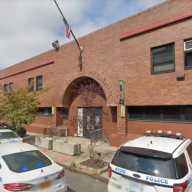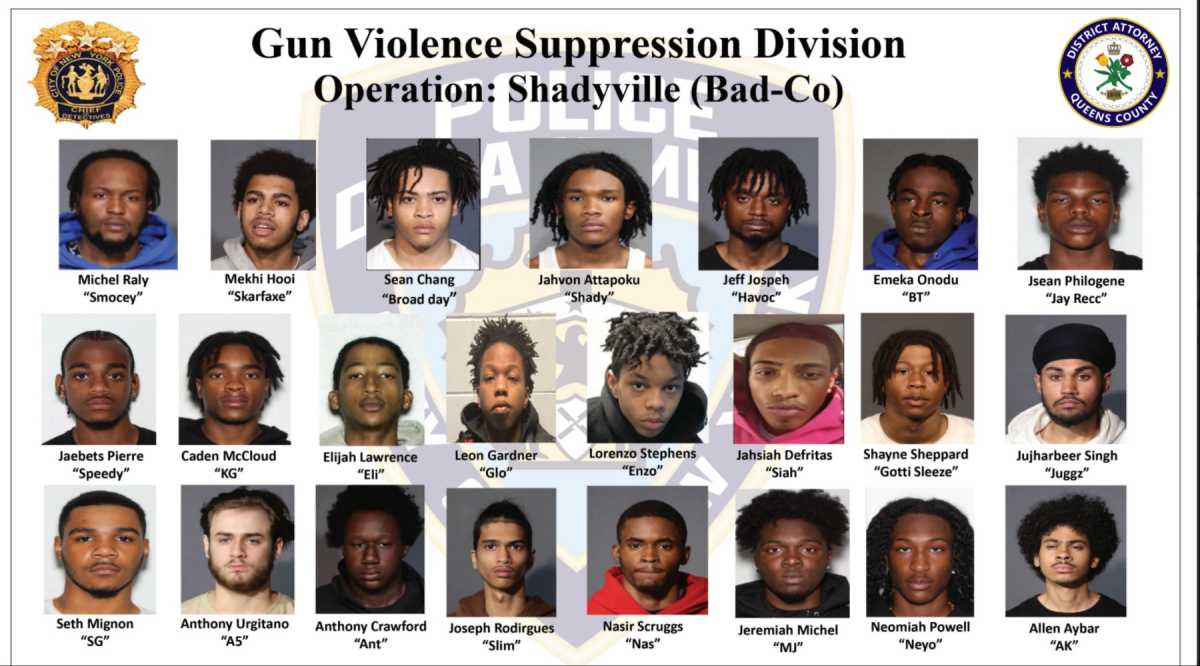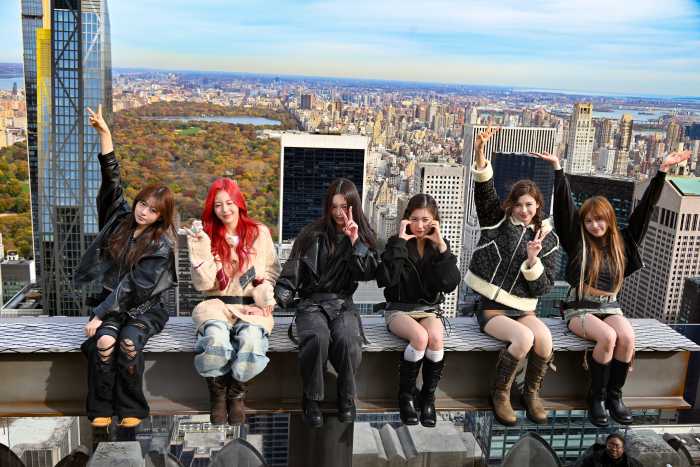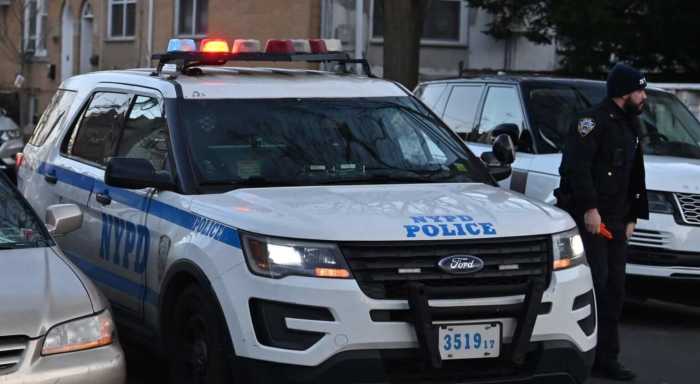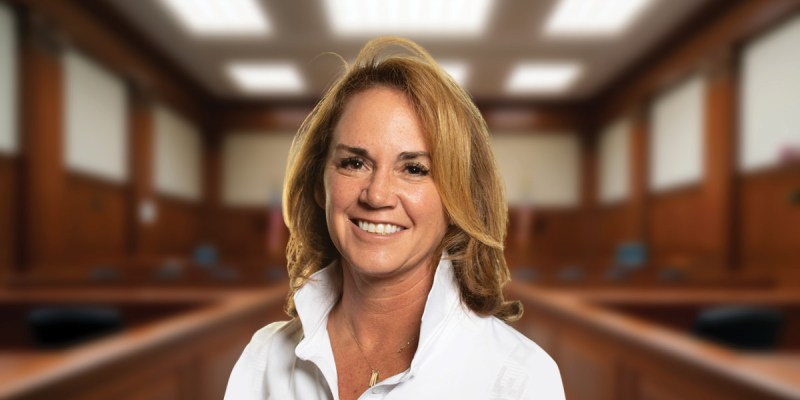A year-long program of free bus-to-train transfers and reduced fare options has triggered a dramatic 11 percent hike in train ridership, but these figures are expected to swell next week when new train, bus and express bus reduced fare packages are put on sale by the Transit Authority.
Citywide, the subway price cuts have attracted an additional 400,000 subway trips per day . . . an estimated 55,000 new riders from Queens . . . that make up the subway’s current 3,900,000 daily passenger population. This past week, an independent analysis of Queens’ eleven subway lines by the Straphangers Campaign, found that the 7 Line (Flushing) was the City’s best and the N Line was the City’s worst.
Adding to the borough’s subway crush is the Transit Authority’s scheduled summertime reduction of rush hour service on the busy E and F Lines next week, to permit massive track repair operations in the 53 St. subway tunnel under the East River.
An angry Borough President Claire Shulman has already complained to TA President Lawrence Reuter that the current "free transfer initiative, coupled with the issuance of monthly and weekly transit passes, could result in severe overcrowding conditions on E and F trains during morning and evening rush hours."
Since one half of the City’s 22-line subway system runs through Queens, Shulman’s staff is closely monitoring the borough’s rapidly increasing ridership on public transit systems. Earlier this year, some Queens private bus lines reported a 15 percent increase in daily passengers. The TA has been invited to report ridership and service figures for its Queens public transit systems at a forthcoming Borough Cabinet meeting.
With the steady increase of ridership during the past year, the Transit Authority has already canceled its traditional five to 10 percent summer service cutbacks when school is out and commuters are on vacation. Reuter has already informed the MTA that he intends to monitor public transit ridership in order to determine where additional service is needed.
Adding to the clamor of increasingly crowded rush hour service is the Straphangers Campaign’s latest state of the subways report, which analyzed the services provided by the eleven Queens subway lines. According to the report, Queens subway lines made up the City’s best and worst operations:
• The Flushing No. 7 Line was the City’s best because its trains came twice as often, its trains broke down less often, and seating was more available than the system’s average performance standards.
• Conversely, the Ditmars Blvd. N Line was the City’s worst because its trains came less often, its trains broke down more often and seating was more difficult than citywide standards.
Gene Russianoff, staff attorney for the Straphangers Campaign, noted that while 14 of the City’s 19 lines showed improvement, "The New York City Transit failed to add service despite the fact that there were 211,000 more average weekday riders."
According to MTA spokeswoman Lisa Schwartz, the new fare program, slated to start July 4, provides the following three services:
Service regularity was judged by evening rush hour.
Source: Straphangers Campaign
• Weekly Pass — Unlimited number of rides on buses and trains during a seven-day period at a cost of $17. Seniors pay $8.
• Monthly Pass — Provides unlimited rides on local buses and subways at a cost of $63 per month. The pass will also be good on weekends. Commuters making 50 trips a month, to and from their places of employment would pay a fare of $1.26 per trip . . . a 16 percent savings. Seniors pay $31.50.
• Monthly Express Bus Pass — Allows for the unlimited monthly use of express buses, local buses and trains, at a cost of $120. Pass holders can take an express bus into the City and then take a train to their destinations. A typical commuter making 44 bus trips a month will pay $2.73 per trip. Seniors are not eligible for this pass.
Council Speaker Peter Vallone, whose district is served by the much-maligned N Line, said "The MTA needs to make sure they have increased service to keep pace with increased ridership."










